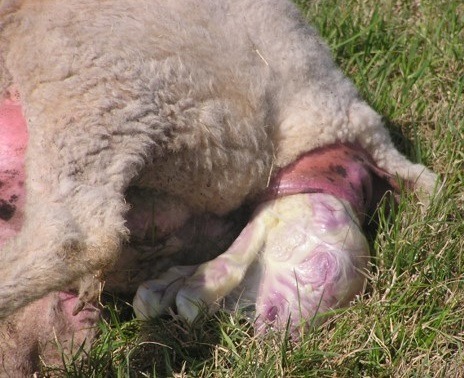When recording lambing events, a ewe must be given credit for producing a multiple litter of lambs, even if one is dead, fostered or sold as a pet.
When this ewe is being genetically evaluated for her maternal traits, the number of lambs she produced will effect her prolificacy, effecting her ‘number of lambs born’ sub-index, universally effecting her replacement index.
Recording the ‘number of lambs born‘ carries as much importance as recording maternal lamb survivability and ewe mature weight.
These traits along with other important traits structure a huge proportion of the replacement index of animals.
In order to identify what bloodlines are producing the hardiest and most viable lambs at birth we must first identify which bloodlines are not as hardy and viable at birth.
We currently do this by recording lambs that are dead at birth (or dies in the 24 hour period post lambing). Any lamb that dies after 24 hours should be recorded alive at birth and the record the death date on the inventory .
For example:
This ewe had triplets, one alive and two dead. The 3 lambs should be recorded. The system will assign a number to the dead ones, and there is no need to add any ID information. You should still record the weights.


Click here to find out how to record your lambs on Sheep Ireland’s App and on your Sheep Ireland’s account on the website.
Take a look at the video below, where David Coen explains why is it Important to Record Dead Lambs.

